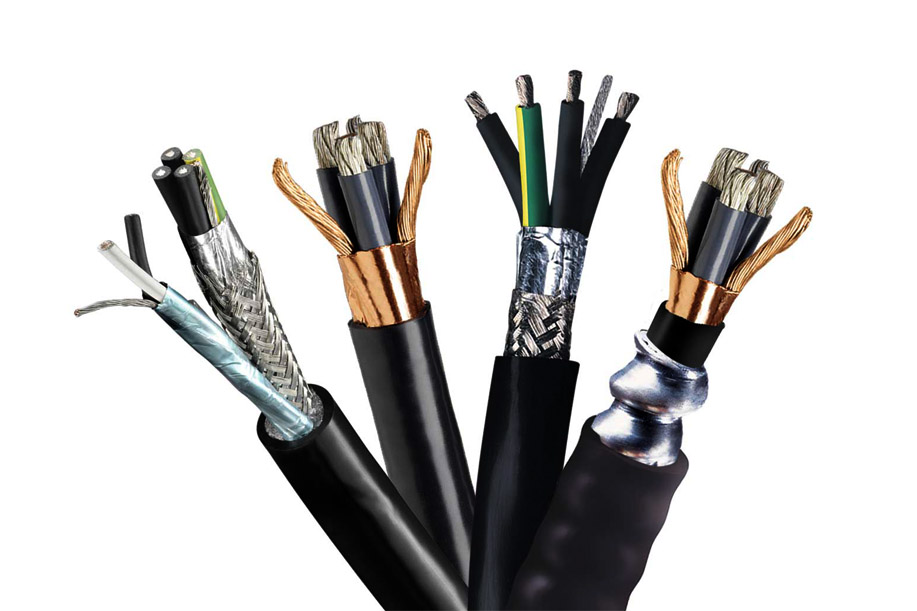An electrical cable is nothing more than an element that contains inside a metal part used as a conductor to join two or more electrical equipment.

Externally, the cable is coated with an insulating material such as rubber or plastic in order to avoid possible contact with the electricity circulating inside. Usually, the most commonly used material is rubber.
Why is it important to insulate an electrical cable?
The structure of the electrical cable requires a lot of attention and protection, especially if we are dealing with an outdoor electrical cable. As it is exposed to all weather conditions, the cable may break much more easily than a cable intended for indoor use. In addition to breaking, the outer jacket may also wear out, allowing all the metal wires located inside to escape. In these cases, in fact, it is advisable to insulate the cables to avoid any type of accident that might happen. This will also preserve the integrity of the system, which could be damaged mainly by water.
As a matter of fact, knowing how to insulate an electrical cable, both for inside and outside, is very important, especially when working on the electrical systems of a building.
Obviously, it is always recommended to have an expert on the matter to avoid worsening any already serious situations.
Let’s see below how to insulate an electric cable. We are going to see in detail what must be done and the various measures needed.
Required tools
Before moving on to a more detailed analysis of the steps of the procedure to be carried out to insulate an electrical cable, it is also advisable to analyze the required tools.
To do the job, it will be necessary to get some ducts where the cables will pass; sheaths in case the ducts should be replaced; cement mortar to plug any holes in the wall that are created when inserting the cables; silicone if the mortar is not available and finally glass wool.
The tools are the same for both outdoor and indoor cables. We have to pay particular attention to outdoor cables since they are subject to rain.
Let’s now move on to the analysis of the procedures to be carried out to do this job which is not too difficult.
Steps to follow for isolating the cables
As you can see from the list of materials required to do this job, the process is quite easy and above all fast. Anyone could do it. In any case, we have provided two types of materials because the insulation of outdoor cables can be done in two ways: using the sheaths or using ducts made of PVC or steel.
In any case, before starting any kind of work regarding electrical cables, it is absolutely necessary to disconnect the electrical current to avoid unpleasant accidents that may occur due to the contact with the copper wires that carry the electricity. You can then decide which of the two materials to use. The only thing you have to be careful about is the length of the material to be purchased, this should reflect the length of the power cable or at least be slightly longer so as to give the possibility to cut the part which is too long.
Finally, before covering the entire cable, make sure that it is clean so as to avoid obstructions in the passage of the electric current. Needless to say, the cable must be not only clean, but also free of damage as it would then do unnecessary work.
Remember that the cable must be entirely covered, without leaving any part uncovered.
Let’s have a look at some tips to follow to do the job better.
Useful tips
Once the above steps have been completed, the holes left inside the wall must be covered with mortar or silicone if you want to give the masonry effect, as if it had not been drilled. In reality, in addition to being an aesthetic fact, this procedure serves precisely to protect the cables from the rain, if it is the outside, and from other atmospheric factors such as dust if the cable is inside.
Finally, particular attention must be paid to this process, especially if the place where the cables are located is very humid. In this case, we recommend to pass the glass wool inside the sheath or the duct, depending on what you have chosen, to limit the damage due to moisture.
